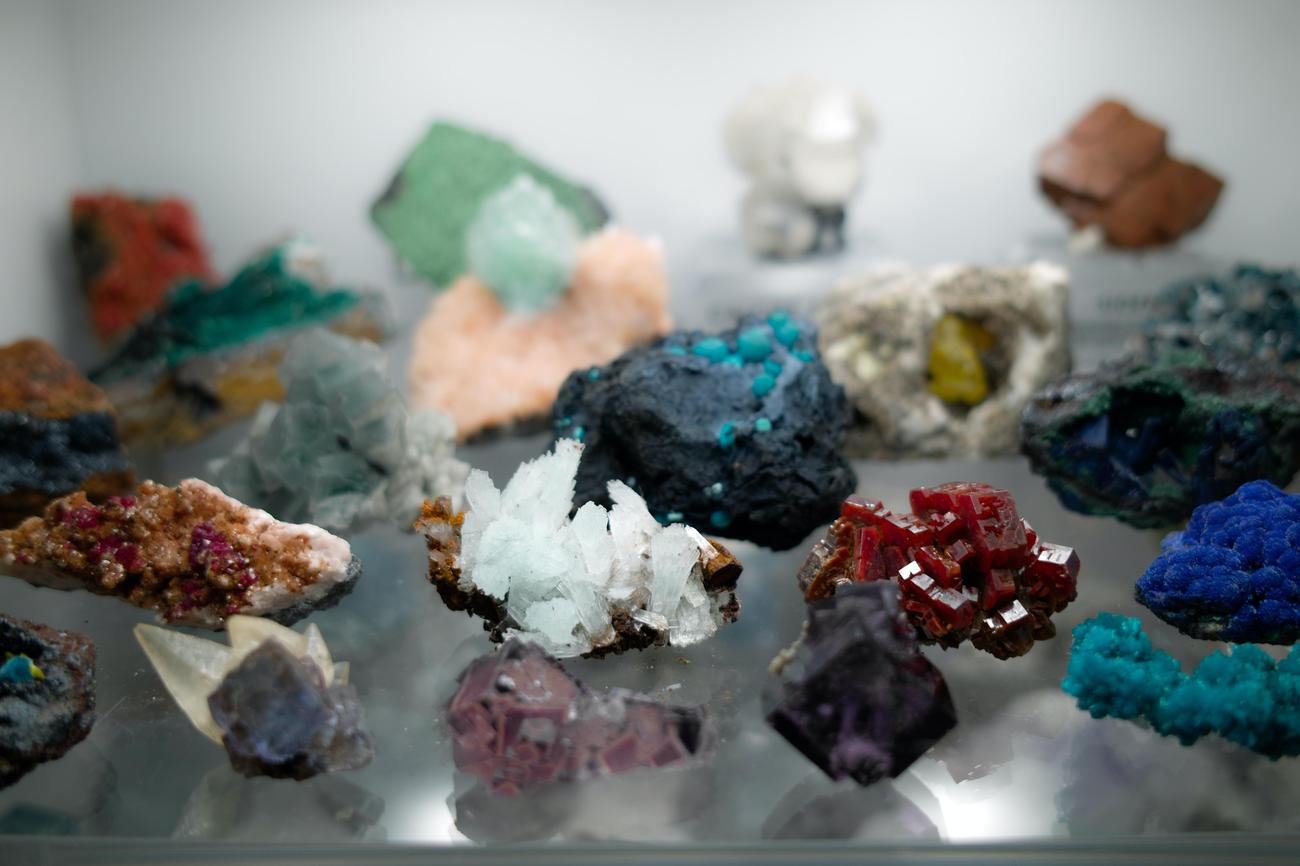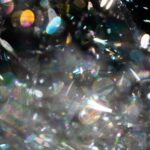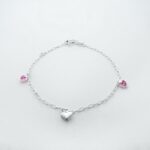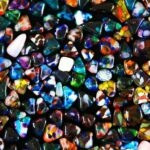Get ready to be captivated by the mesmerizing world of opal mineral as we take a deep dive into its fascinating facts. In this article, titled “Fascinating Facts about Opal Mineral: Unveiling its Geological Origins and Diverse Colors,” we will explore the enchanting realm of opals, uncovering their extraordinary geological origins and delving into the rich diversity of colors they possess. As an accomplished geologist and renowned expert in opal mineralogy, I am thrilled to share my extensive knowledge and passion for this exquisite gemstone. Join me on an enthralling journey as we unravel the hidden treasures and discover the fascinating optical phenomena that make opals truly one-of-a-kind. Furthermore, we will unravel the culturally significant role opals have played throughout history and their impact in various industries. So, sit back and prepare to be amazed by the captivating world of opal mineral.
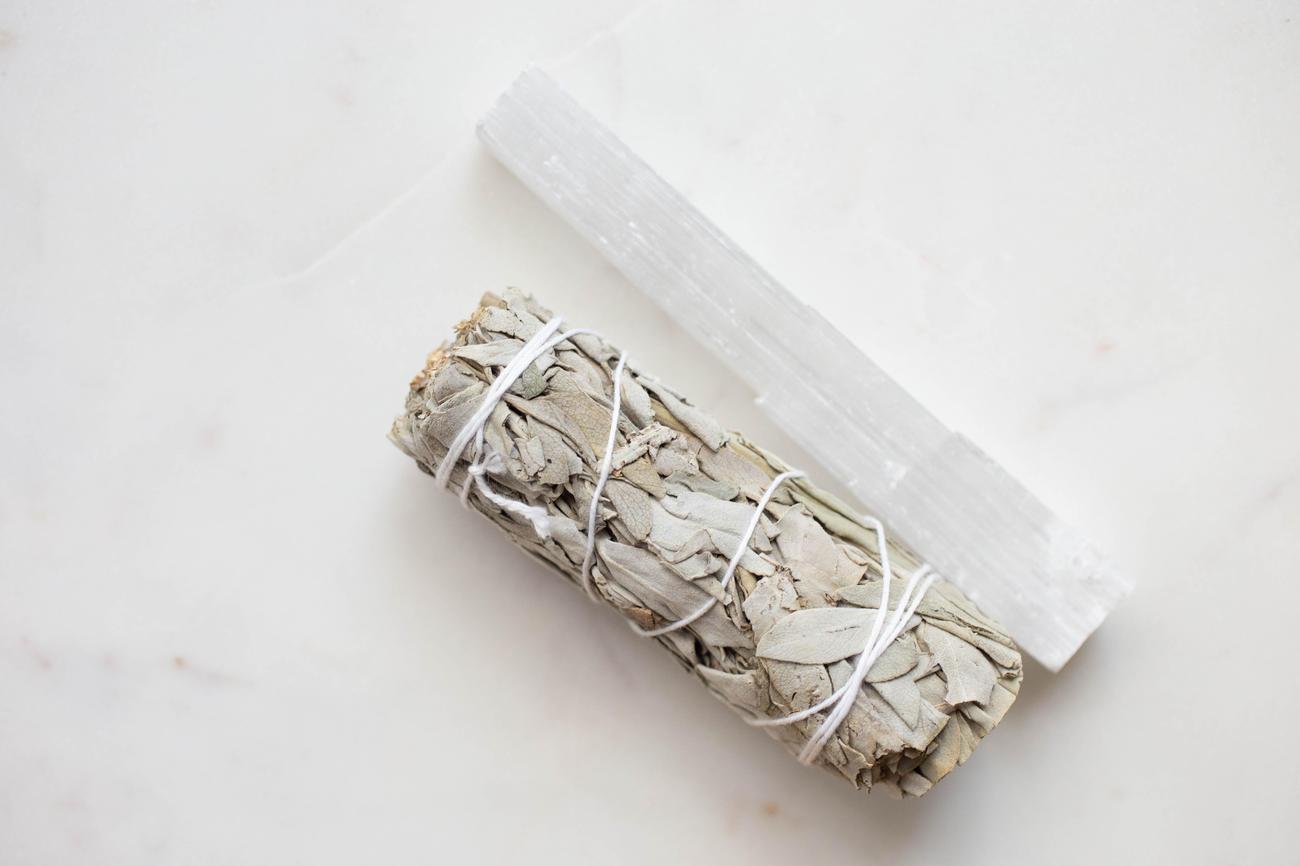
Fascinating Facts about Opal Mineral: Unveiling its Geological Origins and Diverse Colors
Opal, a mesmerizing gemstone that has captivated people for centuries, holds within it a world of intriguing facts and natural wonders. From its geological origins to its diverse range of colors, this exquisite mineraloid gemstone continues to amaze both scientists and jewelry enthusiasts alike.
Discovering the Origins:
To truly appreciate the beauty and significance of opal, we must first understand its geological origins. Unlike most gemstones, opal does not crystallize, which categorizes it as a mineraloid. Instead, opal forms from a unique process that involves the precipitation of silica in areas where water has seeped through the earth, creating voids and cavities. Over time, these silica deposits solidify, resulting in the captivating gemstone we know as opal.
A Kaleidoscope of Colors:
One of the most enchanting aspects of opal is its mesmerizing play of colors. Opals exhibit a brilliant range of iridescent hues, which is a result of their internal structure. When light enters the opal, it interacts with the tiny spheres of silica that make up the gemstone, causing it to diffract and scatter light. This phenomenon gives rise to a captivating display of colors, sometimes referred to as the “opal’s fire.” From vibrant reds and oranges to shimmering blues, opals truly embody the beauty and diversity of our natural world.
Unveiling the Water Content:
Did you know that opal has a water content that can vary from 3 to 21% by weight? This remarkable characteristic sets opal apart from other gemstones and gives it a unique property. The water content in opals not only affects their appearance but also influences their durability. Opals with higher water content are often more fragile and susceptible to cracking, while those with lower water content are generally more stable.
The Enigma of Australia:
When it comes to opal production, Australia reigns supreme. Approximately 95% of the world’s opal comes from the vast plains of this magnificent continent. The Australian opal fields produce a wide range of opal varieties, including precious opal, black opal, and boulder opal. These opals showcase Australia’s geological diversity and have become iconic symbols of this unique land.
The Cultural Significance:
Throughout history, opals have held various cultural and symbolic meanings. While opal is often associated with bad luck in some cultures, it remains a sought-after gemstone due to its captivating beauty. In ancient times, opals were believed to possess magical powers and were highly valued as protective talismans. Today, opals continue to capture our imaginations and hold a special place in the world of jewelry, symbolizing love, hope, and creativity.
Unlocking the Opal’s Magnificence:
From its geological origins to its diverse range of colors, opal continues to captivate gemstone enthusiasts worldwide. This remarkable mineraloid gemstone showcases the intricate interplay of light and silica, creating a dazzling display of colors that has to be seen to be believed. Whether adorning a piece of jewelry or inspiring scientific investigations, opal truly deserves its place among nature’s finest treasures.
- “Opal, a captivating gemstone born from the earth’s secrets, reveals the beauty and grandeur of our planet. With its vibrant colors and rich history, it beckons us to explore its depths and embrace its alluring charm.”
Opals are truly fascinating gemstones! With their captivating play of colors and unique patterns, it’s no wonder they have captured the imagination of people throughout history. If you want to dive deeper into the world of opals and discover some interesting facts about them, you’re in luck! Check out our page on interesting facts about opal. Trust us, you won’t be disappointed! So, what are you waiting for? Click here to explore the mesmerizing world of opals: interesting facts about opal.
Opal: A Mesmerizing Gemstone with Unique Qualities
[youtube v=”Ifxl_3VzStk”]
Opal is a captivating gemstone with a fascinating geological origin. It is a hydrated amorphous form of silica, containing a variable amount of water. The formation of opal occurs during seasonal rains when water seeps through the earth, picking up silica from the sandstone. When the water evaporates during dry periods, solid deposits of silica are left behind, forming opal in the cracks of sedimentary rocks.
Opals come in two broad classes: precious opal and common opal. Precious opal is renowned for its mesmerizing play of color, where the stone displays a magnificent range of iridescent hues resembling a rainbow. On the other hand, common opal does not exhibit this play of color.
The mesmerizing opal can be found in various locations around the world, including Madagascar, Ethiopia, Mexico, Brazil, Honduras, Indonesia, Peru, Turkey, and the USA. However, Australia is the leading producer of opal, mining approximately 95% of the world’s supply.
Opal holds cultural and symbolic meanings. While it has been associated with bad luck in some cultures, it is also treasured for its captivating beauty. In ancient times, opal was believed to possess magical powers and was highly valued. It is the birthstone for the month of October and holds significance as the gemstone for the 14th wedding anniversary.
With a hardness of 5 to 6.5 on the Mohs scale, opal is relatively soft compared to other gemstones. Therefore, it requires special care. When cleaning opal, it is best to use a mild detergent with warm soapy water and gently scrub with a soft toothbrush or cloth.
In conclusion, opal is a truly mesmerizing gemstone with a unique formation process, diverse colors, and cultural significance. Its captivating play of color makes it highly sought-after, and its symbolic qualities add to its allure. Careful cleaning and maintenance are essential to ensure its lasting beauty.
“Opal’s captivating play of color and its unique formation process make it a truly mesmerizing gemstone.”
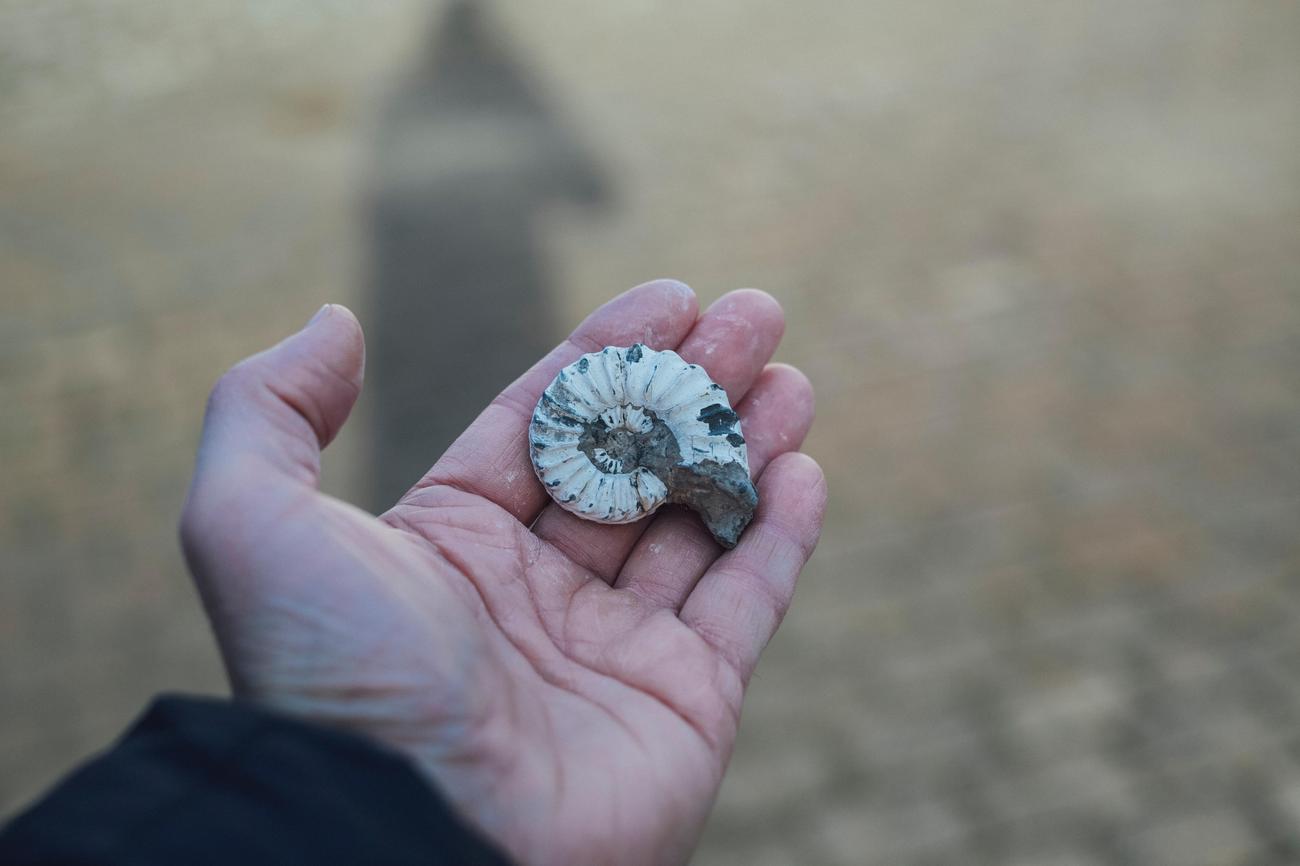
FAQ
Question 1: What is opal?
Answer: Opal is a silica mineral used as a gemstone. It is classified as a mineraloid because it lacks a crystal structure and is commonly found in opaque, dull forms rather than pure and colorless.
Question 2: How does opal get its color?
Answer: The color of opal is usually colorless, but impurities can give it different body colors. Gemstones, including opals, get their color from certain metals contained in the mineral.
Question 3: Where is opal commonly found?
Answer: Opal is commonly found in Australia, which is a major source of this gemstone. Approximately 95% of the world’s opal comes from Australia.
Question 4: What is the water content in opal?
Answer: Opal has a water content that can vary from 3 to 21% by weight. The majority of opals fall between 6 and 10% water content.
Question 5: What makes opal a prized gemstone?
Answer: Opal is known for its beautiful and unique appearance, with a rich play of colors. Some opal specimens can even fluoresce, making it a highly sought-after gemstone in the jewelry industry.
